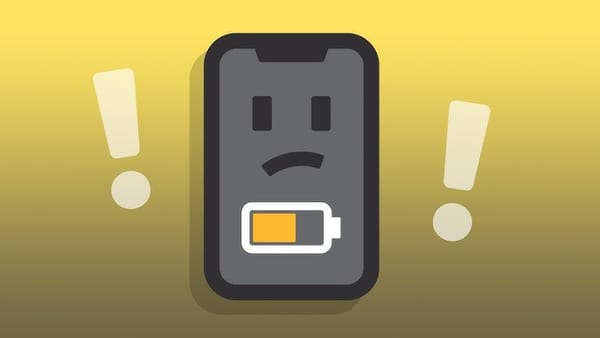Do You Really Need 10,000 Steps a Day?
Everyone says 10,000 steps is the goal, but is it backed by science? Here’s what really matters when it comes to walking and staying healthy.

The Truth About 10,000 Steps: Why It Doesn’t Matter As Much As You Think
We’ve all heard something like: 10,000 steps a day keeps the fat away.
But let’s be honest, that number sounds more like marketing than science. It’s simple, it’s catchy, and it gives people a tidy little badge of health to show off.
But when you really think about it, the 10,000-step benchmark doesn’t make a whole lot of sense.
Where Did 10,000 Come From Anyway?
It didn’t come from a scientific study. It came from a 1960s Japanese pedometer called the "manpo-kei," which literally means 10,000 step meter.
That’s it. A marketing gimmick turned global fitness gospel.
Let’s Talk Numbers
A stride length of 0.5 meters is a fair average.
Multiply that by 10,000 steps and you get around 5 kilometers.
Now, calories: the average burn per step is roughly 0.04 to 0.06. That puts the 10k step target somewhere between 400–600 calories, if you’re of average weight and pace. Big “if.”
Now factor in time. Hitting 10,000 steps with that in mind, we can assume that it would take around 90 to 120 minutes.
That’s not casual strolling. That’s a full-blown physical effort that often exceeds a typical gym session in both time and calories burned.
And sure, the idea is that you can spread those steps across an entire day, but that doesn’t make the demand any smaller.
Add in jobs, stress, fatigue, errands, bad shoes, or bad weather, and now you’re juggling nearly two hours of movement like it’s nothing.
That’s the real issue. This glossy “one-size-fits-all” number completely ignores reality.
People vary in height, weight, schedule, energy, and ability.
For many, especially beginners or those coming back from an injury, it’s not just unhelpful, it’s discouraging.
The 10,000-step rule was never rooted in science.
It’s a nice, round marketing number that’s been thrown around enough to sound true.
But for most people, it sets a bar that’s out of reach and makes daily movement feel like a failure when it shouldn’t.
The Real Problem: It Sets People Up to Fail
The worst part? 10,000 steps sounds like a bare minimum when in reality it’s an ambitious target for most.
People fall short and feel like they’ve failed, which makes them less likely to stick with walking as a habit. It turns a healthy, accessible action into yet another source of guilt.
What Step Tracking Actually Does Well
When done right, walking is one of the most underrated fat-burning tools out there.
It’s low impact, scalable, doesn’t spike your hunger hormones like intense cardio does, and you can do it anywhere.
But even more underrated? Tracking those steps.
Step tracking brings structure to an otherwise casual activity.
It helps you stay accountable, build awareness of your habits, and spot progress you might’ve missed.
The goal isn’t to become obsessed with numbers it’s to notice trends. To gamify consistency.
So yeah, walking works. And tracking it? That’s how you make it stick.
A Smarter Approach to Step Goals
Here’s a better way to do it:
- Track your real average steps for a week.
- Set a minimum goal, not a maximum.
- Increase slowly and sustainably. Last week, you walked about 2000 steps a day? Great. Next week, shoot for 2500.
Walking shouldn’t be a punishment. It’s about stacking wins, not chasing a number.
And if you’re calorie-focused, flip it around and track until you hit your calorie goal. Steps are just one way to get there.
Don’t Let the Tracker Control You
Step trackers are tools, not truth-tellers.
They’re useful for building awareness, but they’re never 100% accurate.
The smart move is to treat them as a guide, not a verdict.
One practical approach is to cross-check multiple apps and take the average. That’ll give you a better sense of how much you’re actually moving without overcommitting to one device’s quirks.
The point isn’t to hit a perfect number. It’s to stay consistent, stay aware, and stay moving.
We’ve broken down some of the most popular apps on the App Store, like Pacer, StepsApp, Steps+, and Pedometer++, to help you find one that fits your routine.
Use the one that works best for you, then let it fade into the background while the habit takes over.
Final Thoughts
Walking is one of the simplest, most accessible forms of movement we have.
But slap a glorified number on it, and suddenly it feels like a chore instead of a choice.
The truth is, when you turn a casual win into a rigid requirement, you strip away its power.
Walking and step tracking do work, but only when they fit into your life, not take it over.
Start where you are. Build up slowly. Forget the 10,000. And just keep moving.



